Down Payment Assistance
One of the primary barriers to entry for prospective homebuyers is upfront costs. While mortgage payments and other monthly expenses may be comparable to rent in many markets, buying a house requires a lot of money upfront in most cases.
The down payment is a significant expense, typically requiring buyers to put forth a considerable chunk of cash to lower the cost of their mortgage loans. Then, when you add in other closing costs, the down payment could be the main reason someone chooses not to buy a house.
If you are concerned about the upfront costs of buying a house, down payment assistance programs can help. These programs offer solutions for lowering the upfront costs of homeownership, allowing more buyers to enter the market.
As an experienced lender, TrueWay Mortgage can help potential buyers research and access closing cost assistance and down payment assistance programs. Our agents can help first time homebuyers learn about the interest rate, loan program requirements, and more about the homebuying process.

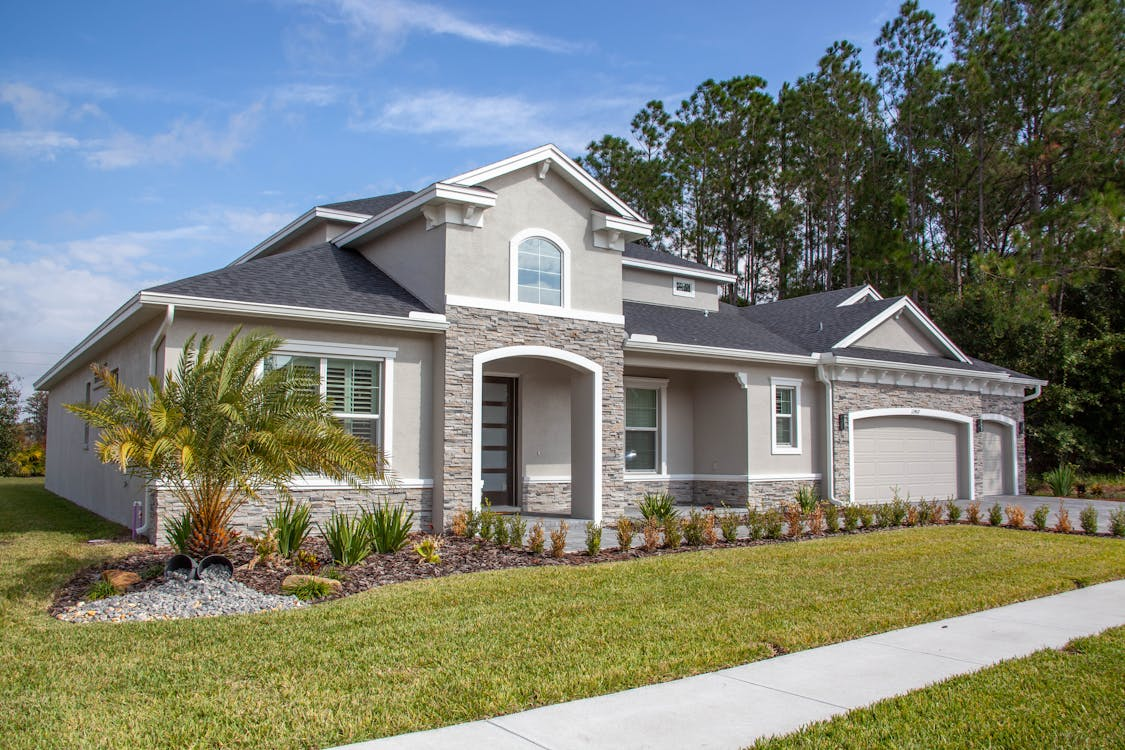
What is Down Payment Assistance?
The purpose of down payment assistance is to cover or reduce the cost of a down payment on a home for the buyer. Many lenders require minimum down payments to approve mortgage loans, but if borrowers do not have enough money saved, they may feel excluded from homeownership.
Buyers can take advantage of a closing cost or down payment assistance program, making meeting these standards easier. Most available programs will cover part or all of the down payment through grants, forgivable loans, or deferred payment loans. This can make it easier for first-time homebuyers to finally purchase the home of their dreams.
How Down Payment Assistance Works
These closing cost and down payment programs are not available for all borrowers. They are typically geared toward borrowers who may have trouble buying homes without assistance. You must meet the eligibility requirements for the program, which could involve income limits or status as a first-time homebuyer.
First time homebuyers must understand their financial situation to determine which funding options suit their budget. Lastly, the repayment terms of the assistance will affect how you manage your money after purchasing the house.
TrueWay Mortgage has helped clients procure down payment assistance through many programs, so we can help you navigate these programs and find the right solution.
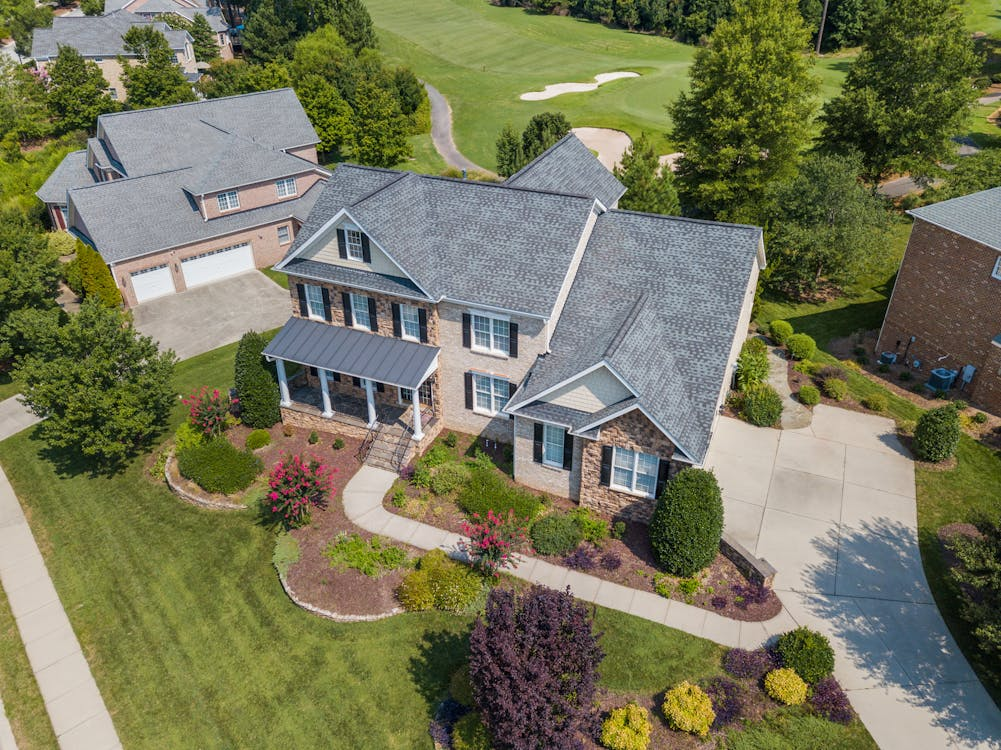
Types of Down Payment Assistance Programs
Whether you are taking out your first mortgage loan or are purchasing your third or fourth home, you must understand the type of down payment assistance you are applying for. Grants, forgivable loans, and deferred payment loans offer different terms and cater to various kinds of borrowers.
TrueWay Mortgage has the expertise to help match you with the right down payment assistance programs. We can help you understand your interest rate so you can finally purchase a new primary residence.
Grants for Down Payment Assistance
A grant is the most appealing option, especially for first-time homebuyers. The grant will provide funds to help cover all or part of the down payment without a repayment plan. Essentially, it is a free gift to the buyer.
However, grants typically come with certain conditions that the buyer must meet. You may need to live in the home for several years. If you were to sell the house or move before this timeframe, you may owe a portion of the grant amount.
TrueWay Mortgage will help you find these grants to make your down payment more affordable. Different grants have various eligibility criteria, such as household size, eligible income, and some grants specify you could not have received the grant in the past.
Forgivable Loans
Forgivable loans are similar to grants. The buyer can apply for a loan to help cover a down payment or closing costs. Often, these loans do not require monthly payments for a certain period. The loan can be forgiven if you meet all the loan conditions, such as living in the home for five years.
You will start a repayment plan if the conditions are not met. It is essential to understand the conditions of your forgivable loan to ensure it can be forgiven when all those conditions are met. Otherwise, you would need to start making payments on top of your mortgage payments. This can be unaffordable if your interest rate increases.
Deferred Payment Loans
The final option is a deferred payment loan. Payment of this loan is deferred until a specific condition is met, such as the home being sold or refinanced. At this time, you must start making payments on the loan or pay it back in full.
This type of down payment assistance aims to provide solutions for buyers who plan to sell or refinance in the future. Then, they will have lower payments or profits from the sale that will help them afford the deferred loan.
TrueWay Mortgage’s knowledge of these loans allows us to help homebuyers find the assistance they need. We can help you get pre approved for a mortgage, determine if you’re eligible for programs, and more.
Benefits of Down Payment Assistance
Accessing a down payment resource makes homeownership more affordable. There are numerous benefits, such as lower upfront costs, the possibility of earlier homeowners, and more accessible mortgages.
Reduced Upfront Costs
Buying a house requires a lot of money upfront. Closing costs can cost the buyer 2-6% of the home's price. When you add in a minimum down payment requirement of 3% for conventional loans, most buyers must put up thousands or tens of thousands of dollars to buy properties.
Closing cost assistance or down payment assistance programs lowers the financial barriers, making homeownership more achievable.
Increased Affordability for First-Time Buyers
Governments provide many down payment assistance programs. Borrowers are incentivized to buy their first homes by offering assistance, which helps stimulate local economies. Often, first-time homebuyers struggle to save enough money for the required down payments. Grants, forgivable loans, and deferred payment loans ensure buyers can purchase their first homes more affordably.
Support for Low- and Moderate-Income Buyers
Those who struggle to buy homes often have low or moderate incomes. These people are least likely to have substantial savings covering large down payments. Instead of being blocked from homeownership entirely, these people can have hope because of down payment assistance programs. While they could not afford a $10,000 down payment, being approved for a grant means they can overcome their limited finances.
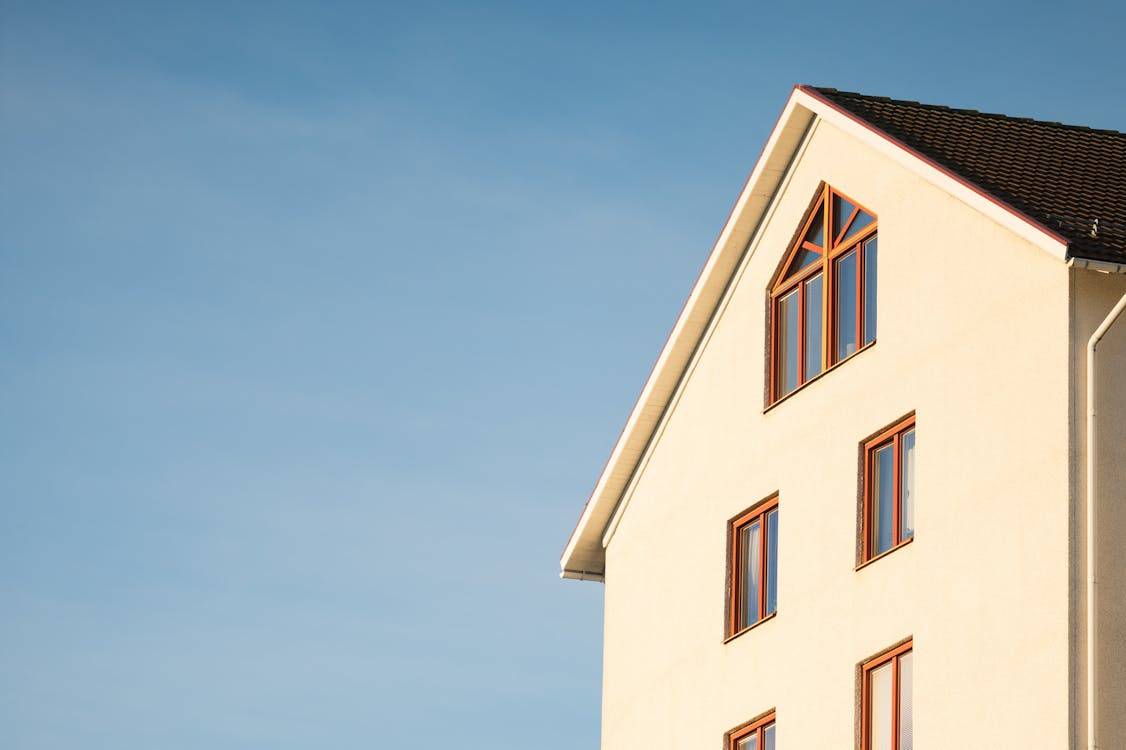
Eligibility Requirements for Down Payment Assistance
Whether you are applying for local programs or national programs, every form of down payment assistance has eligibility standards. These requirements narrow the field of qualified borrowers to ensure resources are available to those needing them.
Some of the primary criteria may include income limits, credit score requirements, and first-time buyer status. TrueWay Mortgage is committed to helping you understand these qualification standards and create a plan to meet them.
Income Limits for Assistance Programs
Sometimes, down payment and closing cost assistance programs target borrowers with fewer resources. If you make too much money, it is assumed you will not have as much trouble affording a down payment, even for a first mortgage loan.
Therefore, most programs will have income limits that govern who can apply for grants, forgivable loans, or deferred payment loans. While the actual number will change from state to state, you have a better chance of being eligible for these programs if you have low-to-moderate income based on the local median income and household size.
Credit Score Expectations
Your credit score reflects your history of paying back debts. The higher your score, the more reliable you are as a borrower. Many closing cost and down payment assistance programs have a minimum credit score to qualify.
Typically, the minimum credit score is 620, but plenty of programs make exceptions as low as 500. Some have stricter requirements, demanding scores of 640 or more. TrueWay Mortgage will provide guidance to help you meet these standards for closing costs and down payment assistance.
First-Time Buyer Eligibility
Many programs target homebuyers who are searching for their first homes. Traditionally, selling a house makes it easier to afford the down payment for the next one. Therefore, more solutions are available for your first mortgage loan. While repeat buyers could qualify for some programs, they are usually designed to incentivize homeownership for first-time homebuyers.
Down Payment Assistance for Different Property Types
Some closing cost and down payment assistance programs are for specific property types. For example, many programs are only used for single-family homes that will become primary residences. Others could be reserved for investors who are buying rental properties.
If you purchase a multi-family property to live in and rent out to other tenants, there are specific down payment and closing cost assistance programs for those types of purchases. Whether you are buying a single-family home, condo, or multi-family property, research options based on these property types.
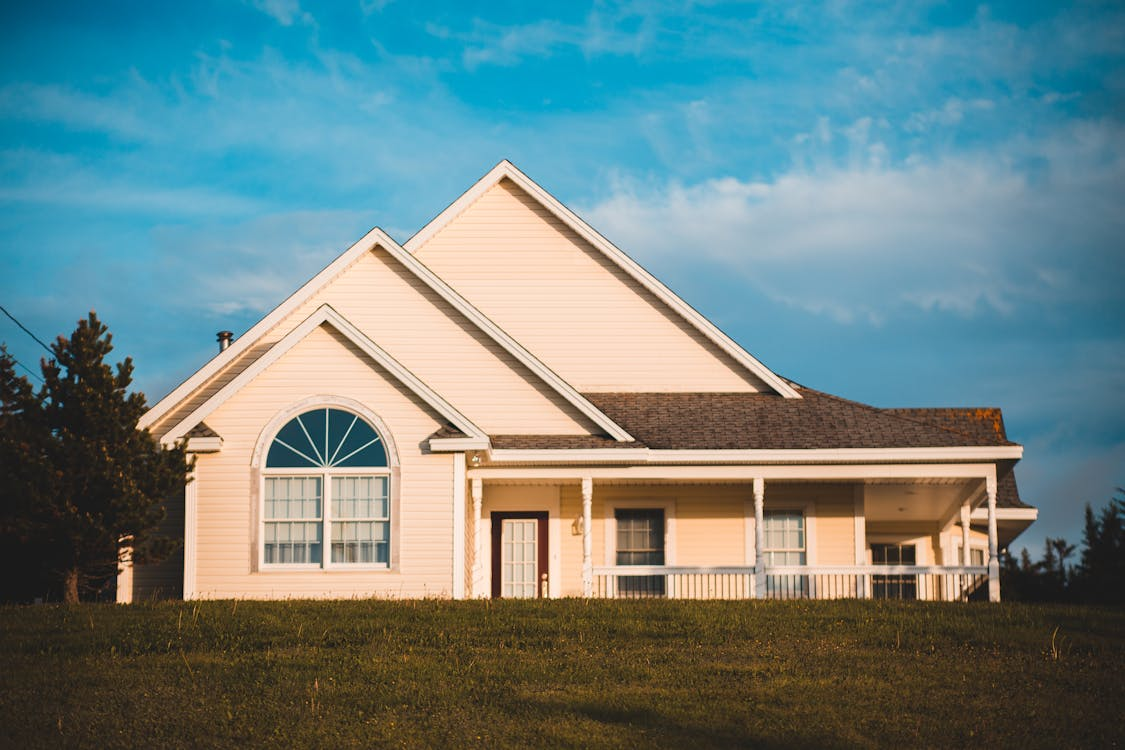
Finding the Right Down Payment Assistance Program
With so many payment programs available, narrowing down the best option for your needs can be challenging. Choosing a path that fits your budget and financial objectives is essential. TrueWay Mortgage has years of experience connecting homebuyers to the best options for down payment and closing cost assistance.
Local Assistance Programs
No matter where you are moving in the United States, you can find some local programs that will provide assistance. Often, there are state-specific loan programs or grants through the local government. Individual counties may also offer specialized programs for homebuyers within their borders.
National Assistance Programs
Some entities offer down payment and closing cost assistance nationally. Most of these options are geared toward first-time homebuyers or those with low-to-moderate income. These broader programs may not be targeted toward specific markets, but they can still lower the financial barriers to homeownership. Some examples of national programs include the Chenoa Fund, the Bank of America Home Grant program, and the National Homebuyers’ Fund.
Down Payment Assistance vs. Other Loan Options
Some borrowers may confuse down payment assistance with specific mortgage products. For example, FHA and USDA loans have favorable terms that lower the down payment requirement but are separate from assistance programs. Let’s compare standard mortgage loan products with down payment and closing cost assistance.
Assistance Programs vs. FHA Loans
An FHA loan is a type of home loan insured by the federal government. It serves as the primary mortgage on a home and is available to borrowers with lower credit scores and limited income. The minimum down payment for an FHA loan is 3.5%. While this mortgage can reduce upfront costs for a homebuyer, it can also work alongside a down payment assistance product, making that 3.5% payment even more affordable.
Assistance Programs vs. No Down Payment Loans
Specific borrowers could apply for no-down-payment loans like USDA or VA loans. A USDA loan is only available for specific rural and suburban properties. As a borrower, you must not exceed the income limits for this program to access the zero-down payment mortgage. VA loans also have a zero-down payment option for veterans, active service members, and surviving military spouses.
While a down payment assistance program with some of these loans is unnecessary, you could still seek a closing cost assistance product. These won’t impact the purchase price or mortgage but can help you pay for things like an appraisal, title costs, etc.

Why Choose TrueWay Mortgage for Down Payment Assistance?
TrueWay Mortgage has been a trusted lending partner for many years. We have helped many homebuyers secure assistance with down payments and closing costs. Our local expertise, personalized approach, and vast network of resources will make it easier for buyers to afford homeownership. Instead of forcing you into a cookie-cutter process, we strive to understand your needs first and find solutions based on those objectives.
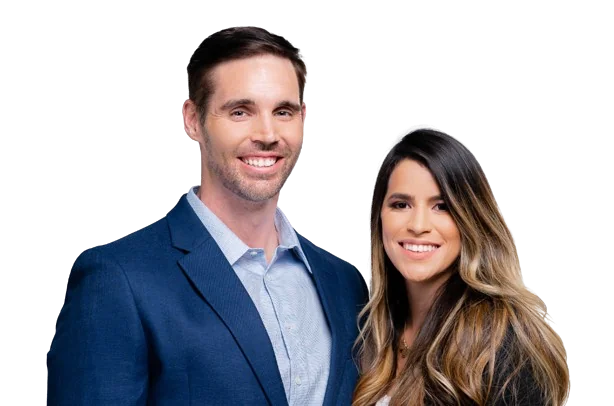
Contact Sam and Anisha Mauldin
TrueWay Mortgage
Start Your Down Payment Assistance Journey Today
If you are ready to apply for a mortgage loan or find down payment assistance programs, TrueWay Mortgage is prepared to support you. Take a look at our quick quote tool to view today’s rates for your next home loan. Then, give us a call at 404-962-0032 for a free consultation about your homebuying goals.
